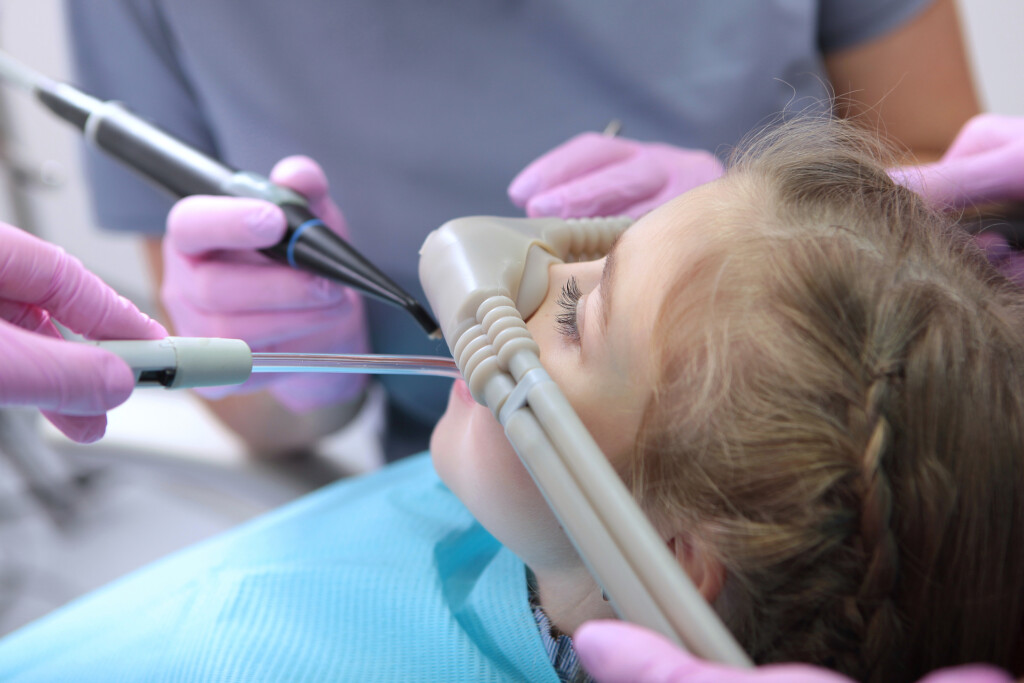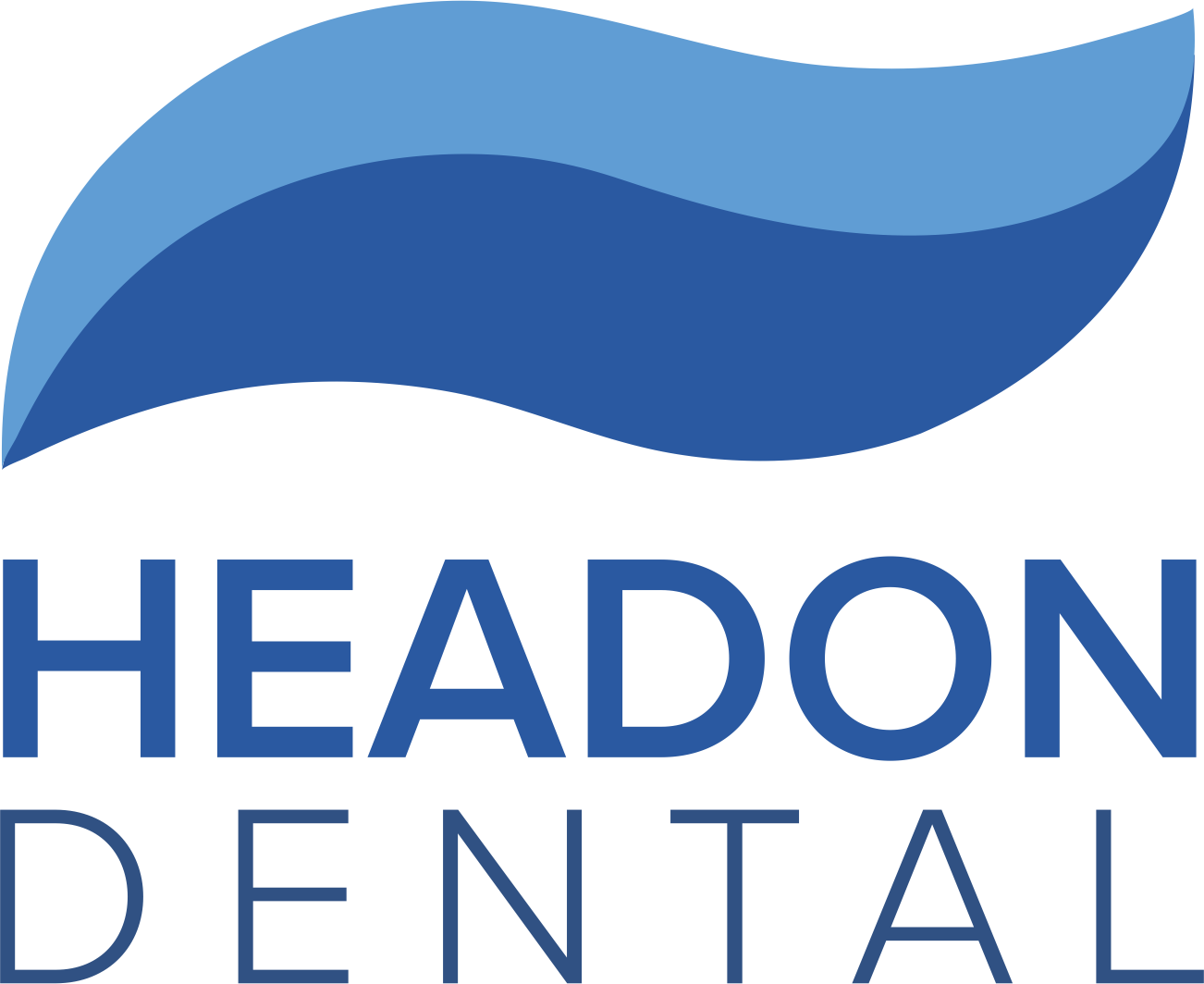Dental Sedation
Oral Sedation, Nitrous Oxide and IV Sedation Available to Help You Relax!
Dental sedation is the use of medication to help patients relax and feel more comfortable during dental procedures. There are several different types of dental sedation including oral, inhaled (nitrous oxide, often referred to as laughing gas), and IV. The type of sedation used will depend on the procedure being performed and the patient’s level of anxiety.
The main benefit of dental sedation is its ability to help patients feel more relaxed and calm during their procedure. This can be especially beneficial for those who have a fear of the dentist or have had a traumatic experience in the past. Other benefits of sedation include a reduction in pain and discomfort, as well as a decrease in gag reflex, making dental procedures more comfortable for the patient. With dental sedation, patients are able to tolerate longer procedures, which can be beneficial for patients who need multiple treatments or have a lot of work that needs to be done. Sedation also improves patient cooperation during procedures, which can lead to better outcomes and less time in the dental chair.
Oral Sedation
For some patients, the mere thought of going to the dental office induces fear. In special cases where a patient’s dental anxiety is such that they require sedation just to get them to the office, oral sedation medication may be prescribed in advance. This method of sedation is typically reserved only for patients with extreme dental anxiety and requires a chaperone to accompany the patient to and from their appointment.
Nitrous Oxide Gas
Nitrous oxide (laughing gas) is the most common type of dental sedation requested by our patients. It is a colorless, odorless gas with a long history of safe and effective use in dentistry. It is very well tolerate by patients of all ages, especially kids, and is also covered by many insurance plans.
Nitrous oxide gas is administered through a small mask that fits over the patient’s nose and is inhaled throughout the procedure. It has a very quick onset of action and it can be easily controlled and adjusted by the dentist to achieve the desired level of sedation. The effects of nitrous oxide wear off moments after administration is discontinued, and the gas is fully cleared from the body by the end of the procedure. For this reason, nitrous oxide has the added benefit of not requiring a chaperone to and from the appointment (a necessity with most other forms of dental sedation).

IV Sedation
This type of sedation is commonly used for surgical procedures, including wisdom tooth extractions and dental implant placement. IV sedation provides a deeper level of sedation than nitrous oxide or oral sedation. However, patients are not completely unconscious and can still respond to cues from the dentist. Despite not being “fully asleep,” patients typically find this level of sedation to be more than sufficient to tolerate the procedure. The benefits of IV sedation as compared to full general anaesthesia include a quicker recovery time from the sedation medication, a reduced risk of complications from the sedation, and it is also less invasive (as IV sedation does not require intubation). As with most forms of sedation, IV sedation does require a chaperone to accompany the patient to and from their appointment.
In some cases, for example patients with certain medical conditions or severe anxiety, general anaesthesia may be required, and in these cases the patient would need to be referred out for their procedure.
Ask us about dental sedation at your next visit or call us at 905-332-6433 to book an appointment!
Since 1999, Headon Dental has been proud to serve patients across the Greater Halton Region – including Burlington, Dundas, Milton, Mississauga, Oakville, Waterdown and Hamilton.



